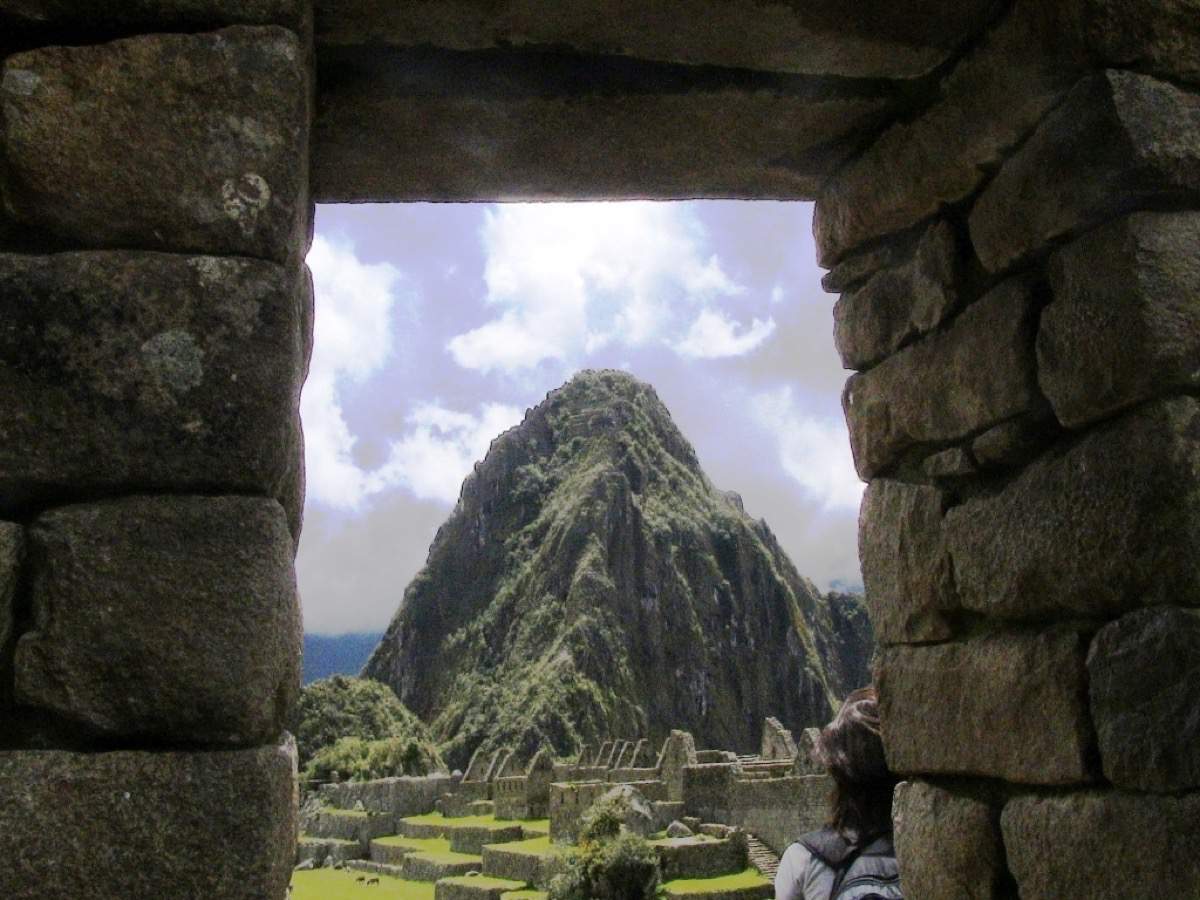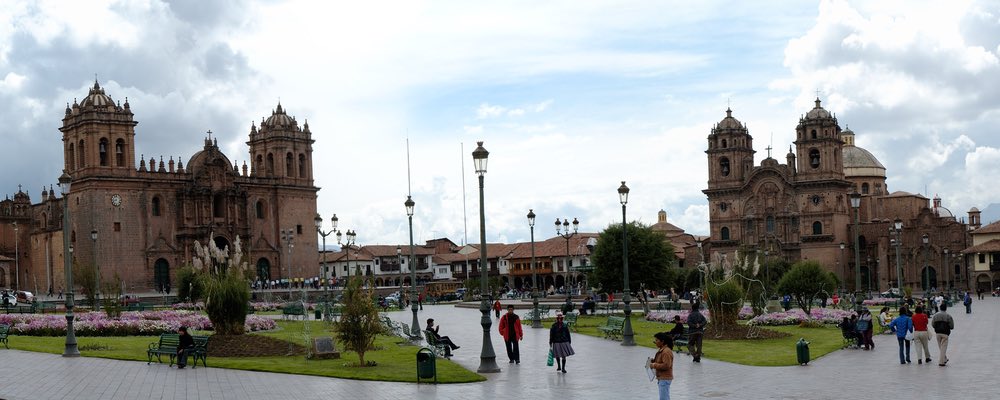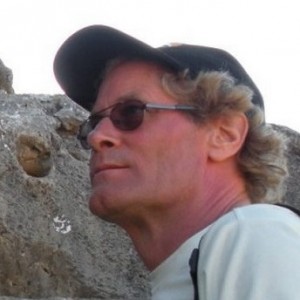
title
This is a 5 day tour which shows you practically everything that Cusco and the Sacred Valley have to offer, as well as Machu Pic’chu.
Day 1: Inca Cusco
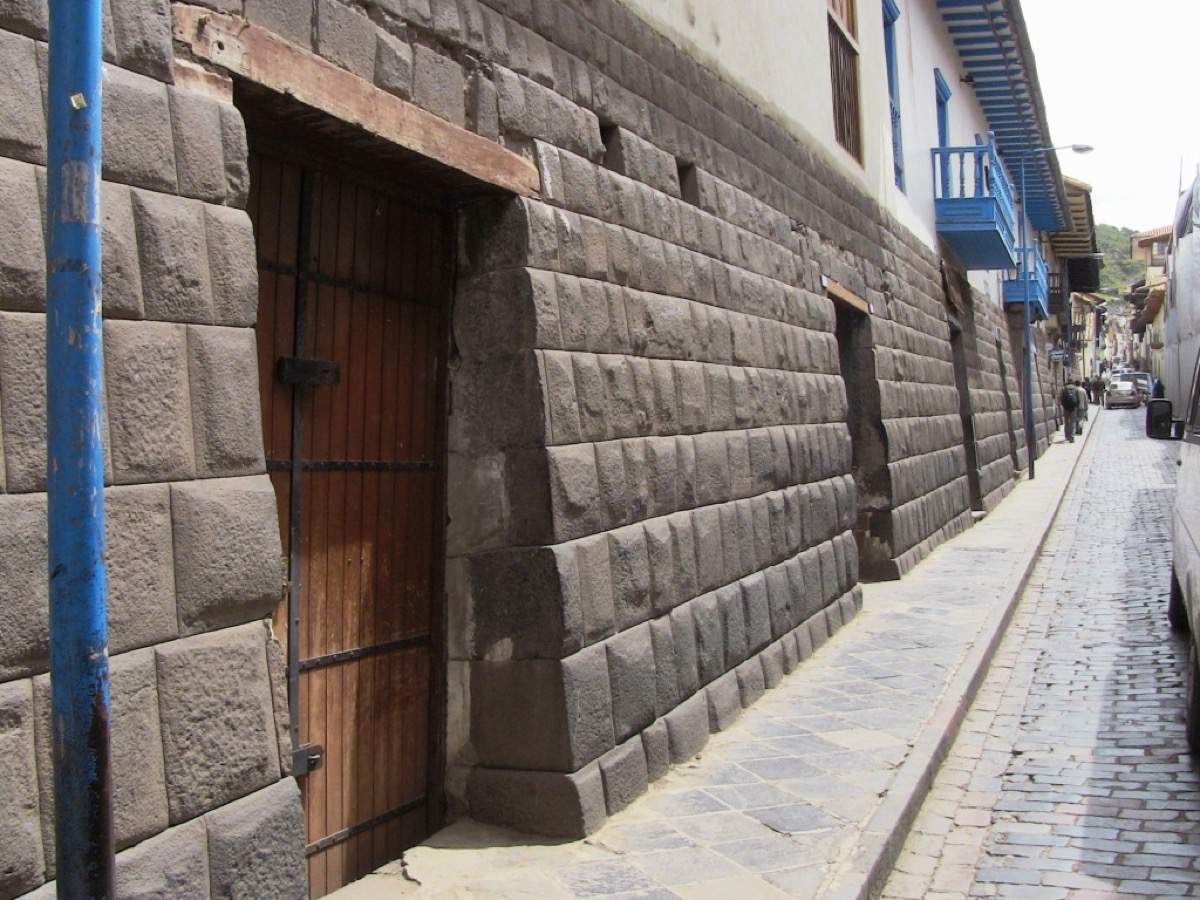
Evidence of masterworks by the Pre-Inca megalithic builders are everywhere in ancient Cusco. Rather than the Inca finding virgin terrain, you will see clear evidence that they stumbled across an abandoned and very ancient megalithic city in ruins. They reconstructed some of the more ancient works as best they could, and then built there own structures as well. The contrast between the work of the Inca and the older megalithic culture will become very apparent.
Day 2: Sachsayhuaman

A giant Puma cat paw is one of the amazing features at Sachsayhuaman that greets us. Rather than being fully constructed by the Inca, you will see that they found massive megalithic works and built top and around them. When the Spanish first entered Cusco and saw this site, they were in awe and inquired if the ancestors of the Inca had made them. The Inca laughed and said no; they were constructed by “giants.”
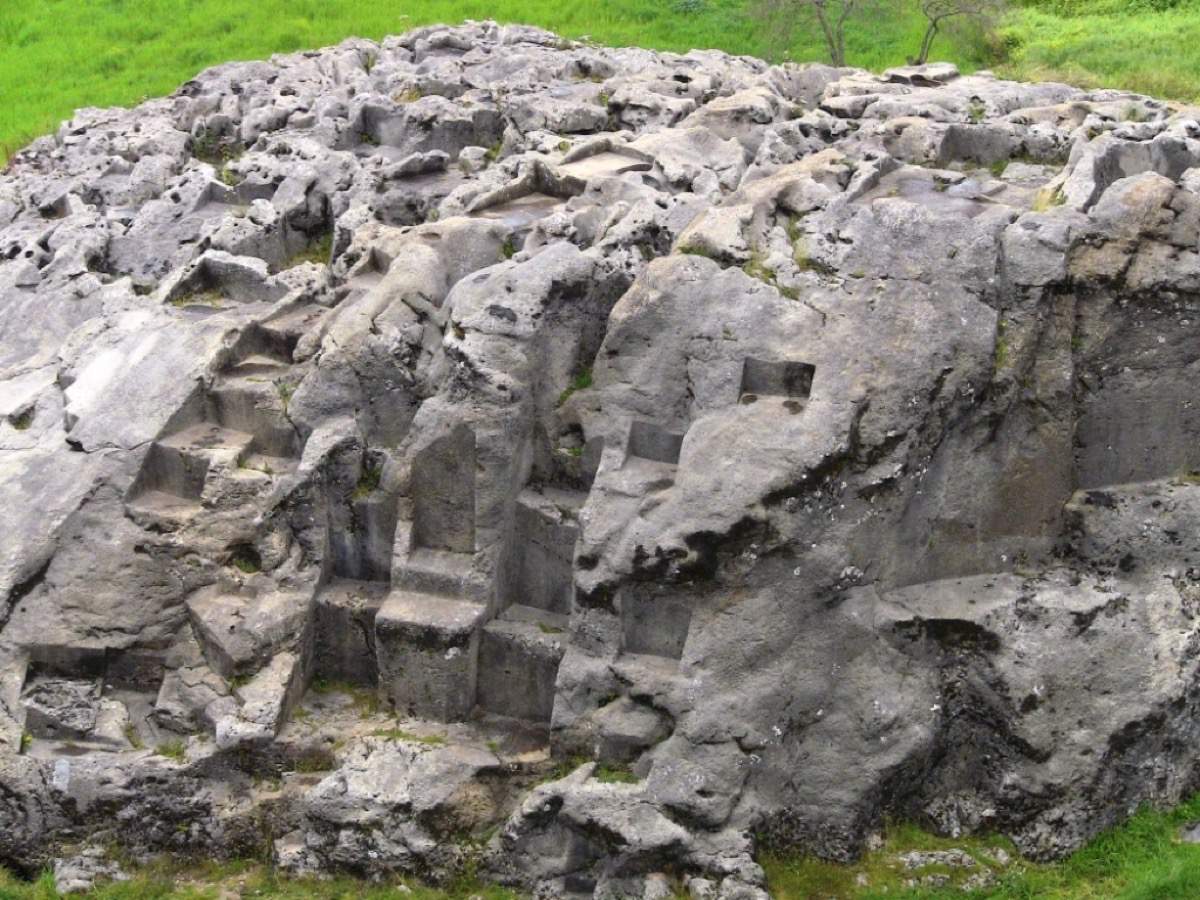
The Chinkana at Sachsayhuaman is missed by most tours, but not ours. Not simply just a massive megalithic work that predates the Inca, the name means “tunnel” in the Inca language, and refers to the entrance to said tunnel at this location. It extends below the site, and in fact runs under ancient Cusco as well.
Day 3: Pisaq, Moray, & Chinchero
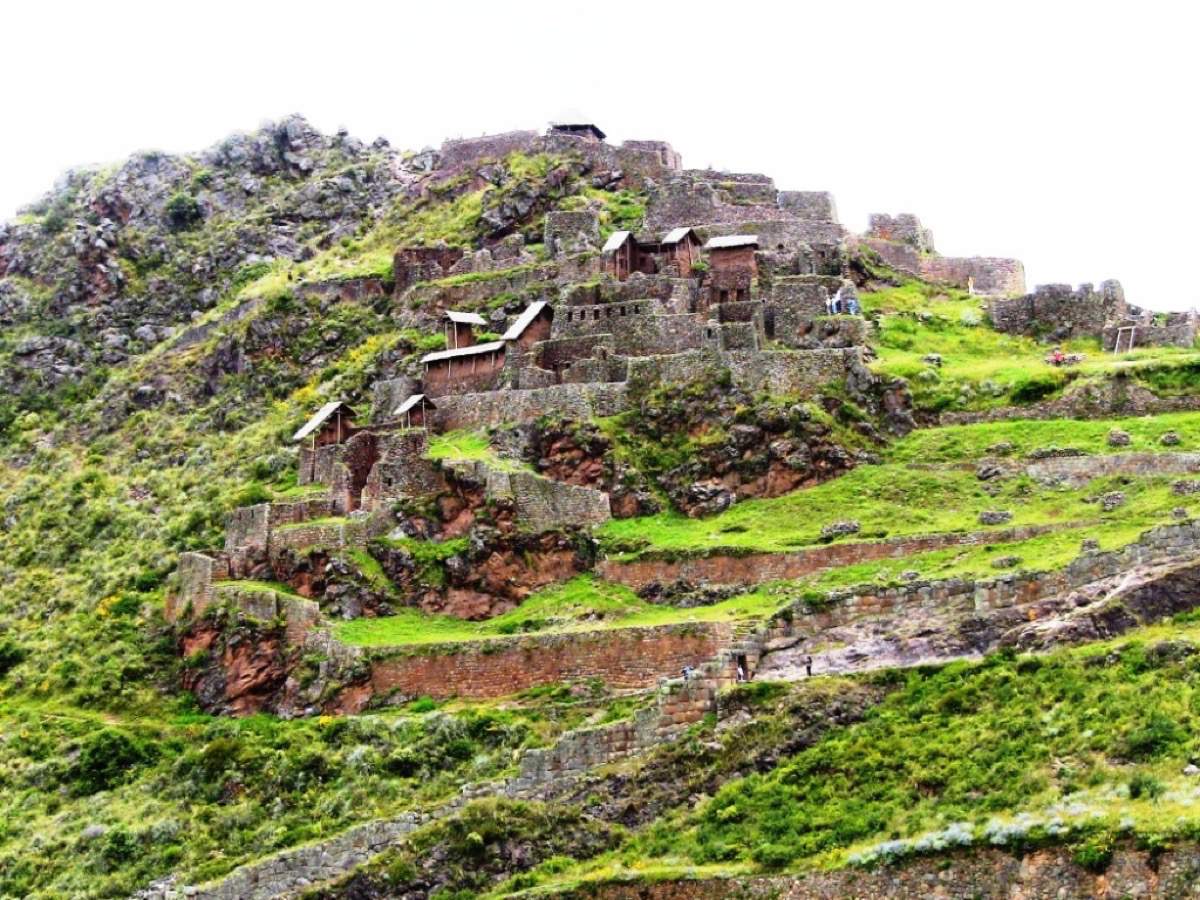
Regarded by some as an older version of Machu Pic’chu, Pisaq is a huge and fascinating site with spectacular mountain top views of the Sacred Valley. Though largely built by the Inca, it contains some amazing older megalithic walls and other elements that the Inca found. Pisaq was an administrative center, spiritual place, and military stronghold that protected the Sacred Valley from possible incursion by people from the Amazon jungle.
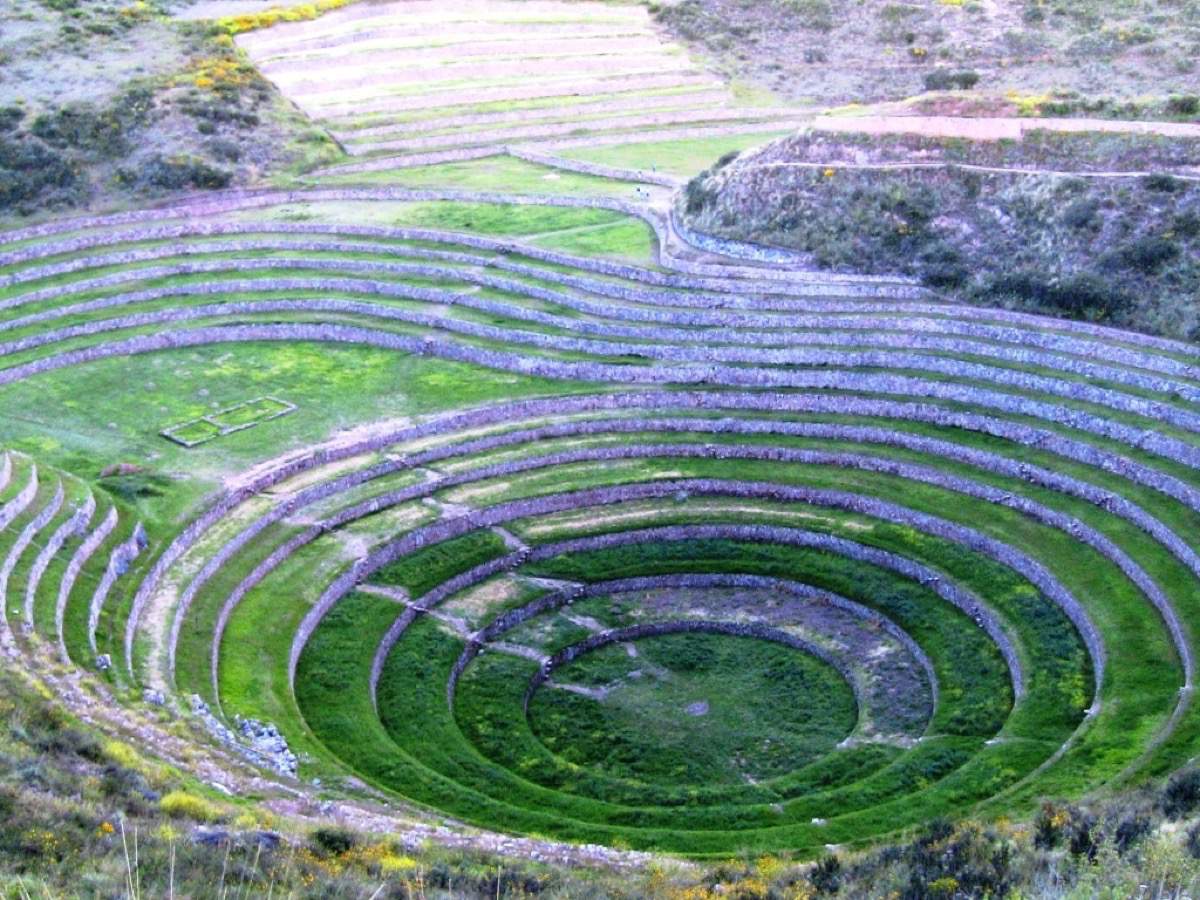
Majestic Moray is described as an Inca agriculture experimental station, but its story is far more complex than that. It was and is used as an amphitheater in early August for Inca celebrations of mother earth, and has astonishing acoustics. Some believe that the Inca built it inside an ancient volcanic crater and that sound was used in order to enhance the growth of crops.

The Inca foundations of this church at Chinchero are but a tiny aspect of this immense site, which includes ancient megalithic remains, vast Inca terraces, and a temple fertility used by Inca noble women. It also has a thriving native arts market and native weavers who we will meet.
Day 4: Ollantaytambo
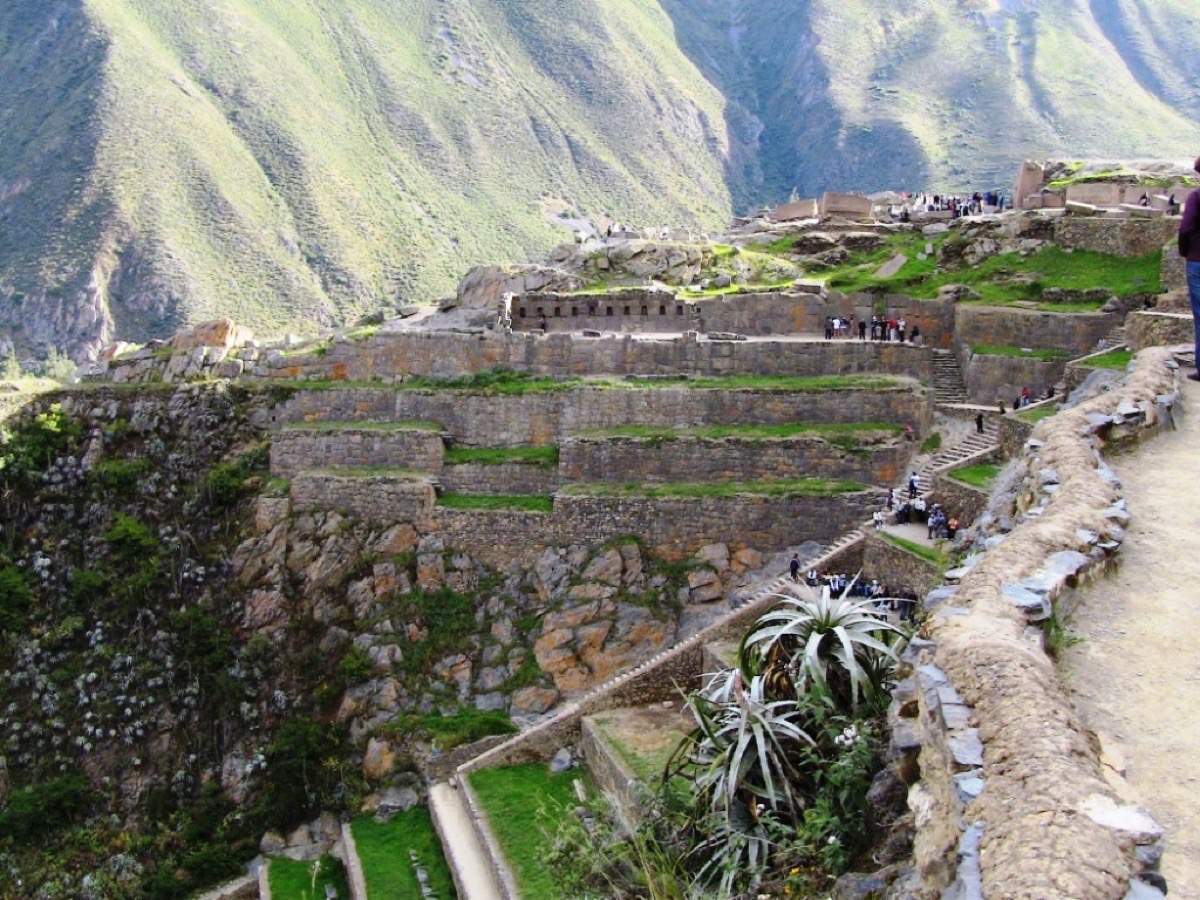
Ollantaytambo; at over 600 hectares in size; its beauty, mystery and sheer scale rival the more famous Machu Pic’chu. Located at the northern end of the Sacred Valley, on the way to Machu Pic’chu, it is a showcase for the magnificence of Inca terracing construction. Also, we see quite clearly that the more ancient megalithic builders were here. Some of their works include 60 ton granite stones that had been quarried from the top of a mountain on the other side of the valley!
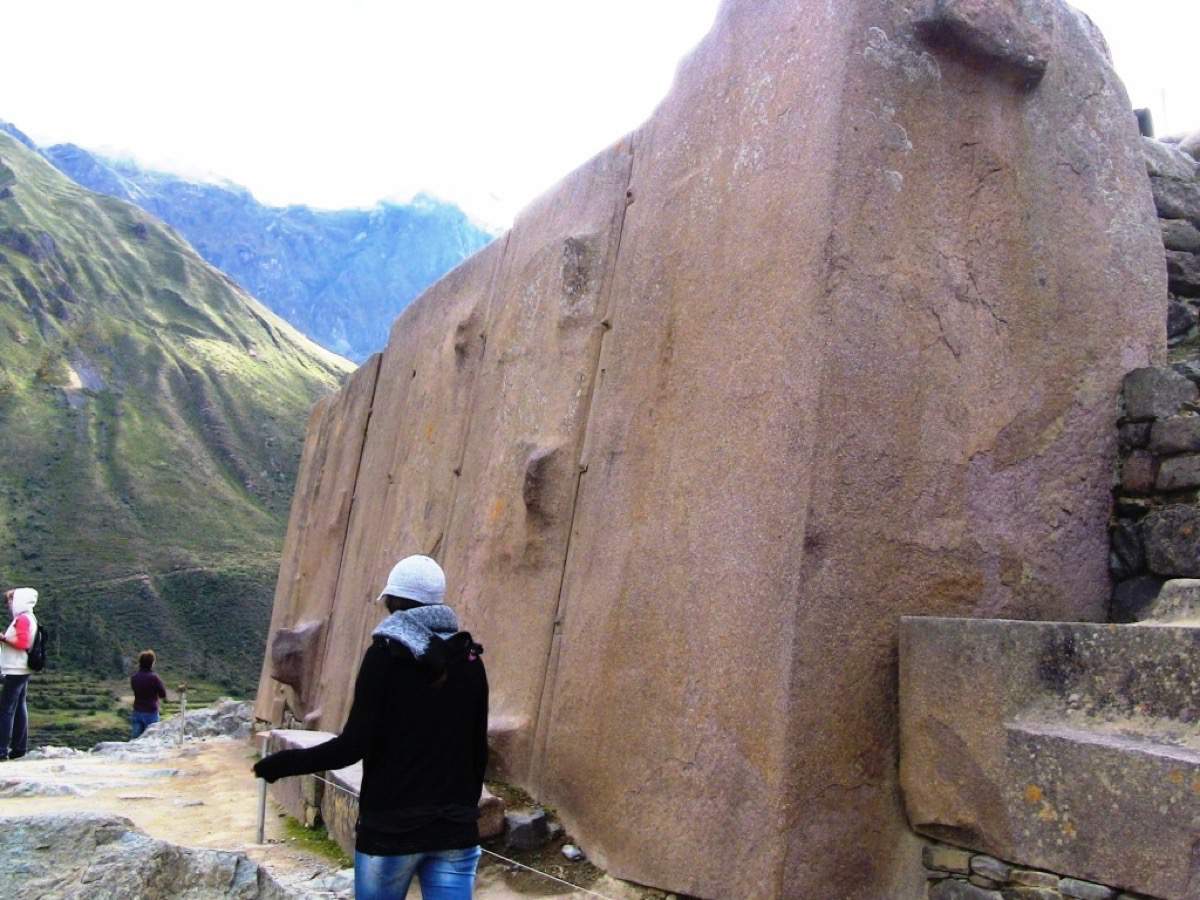
The Temple of the Sun at Ollantaytambo lies in ruins, victim of a catastrophic event that occurred thousands of years before the Inca arrived…
Day 5: Machu Pic’chu
